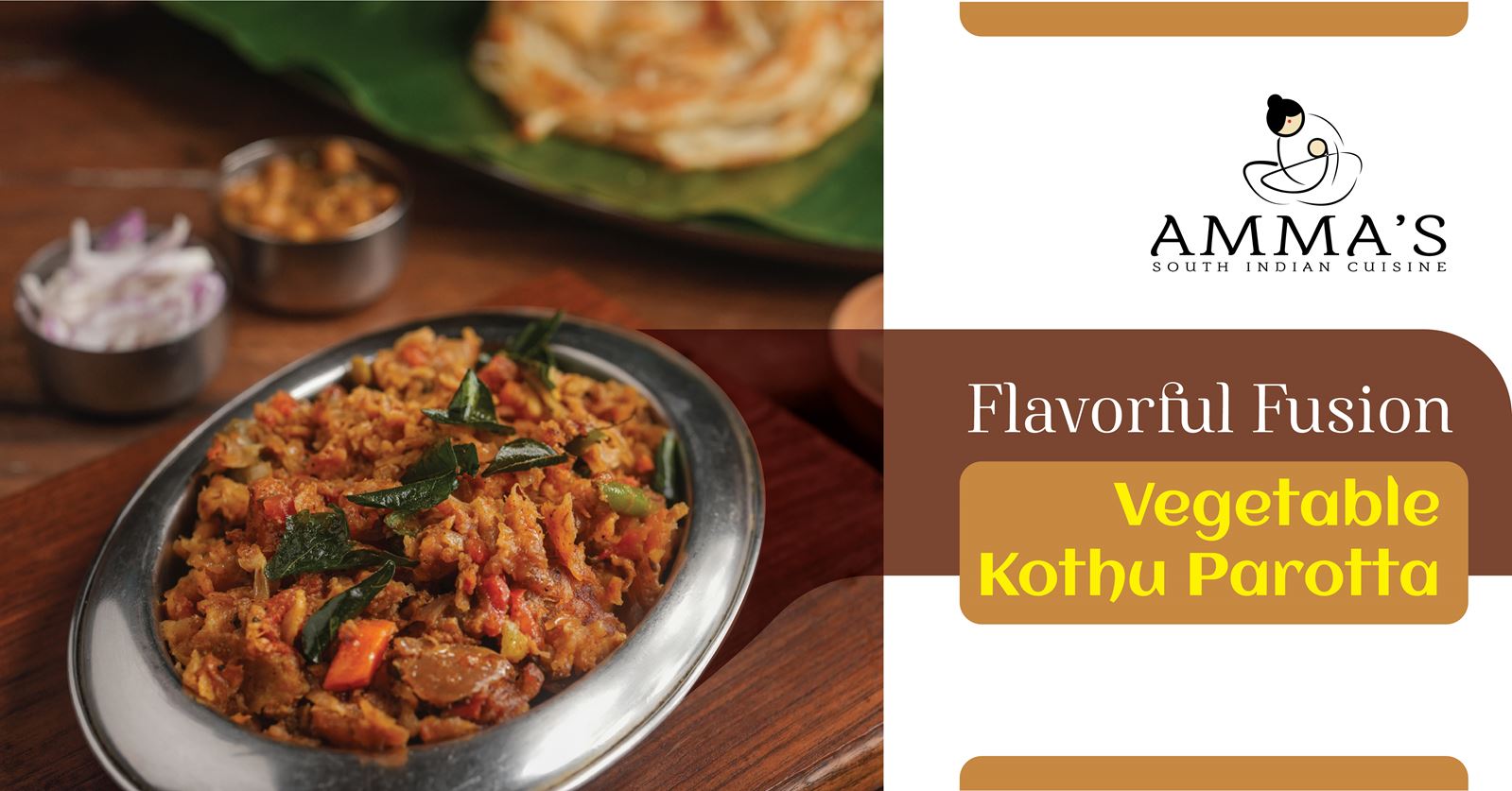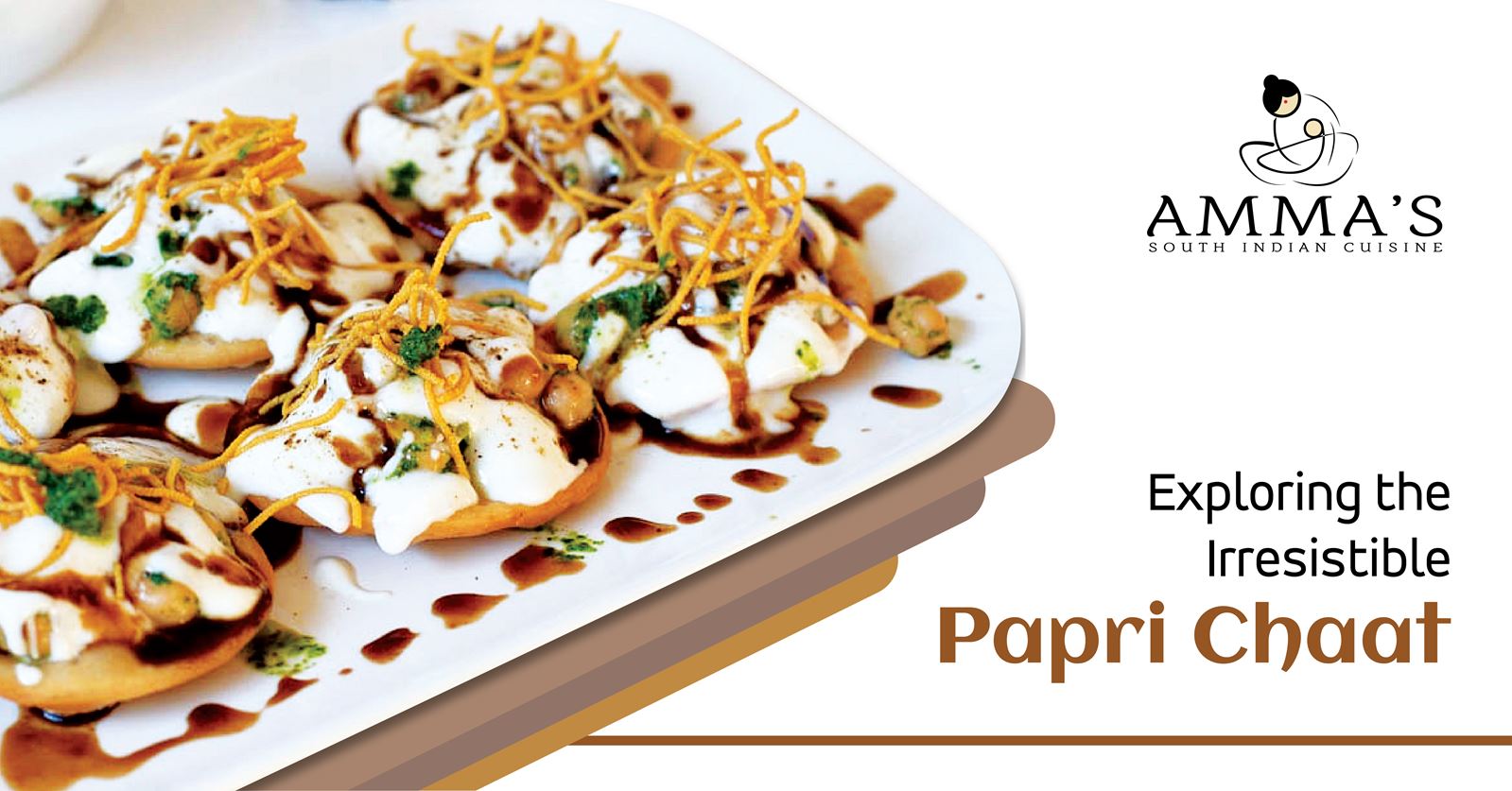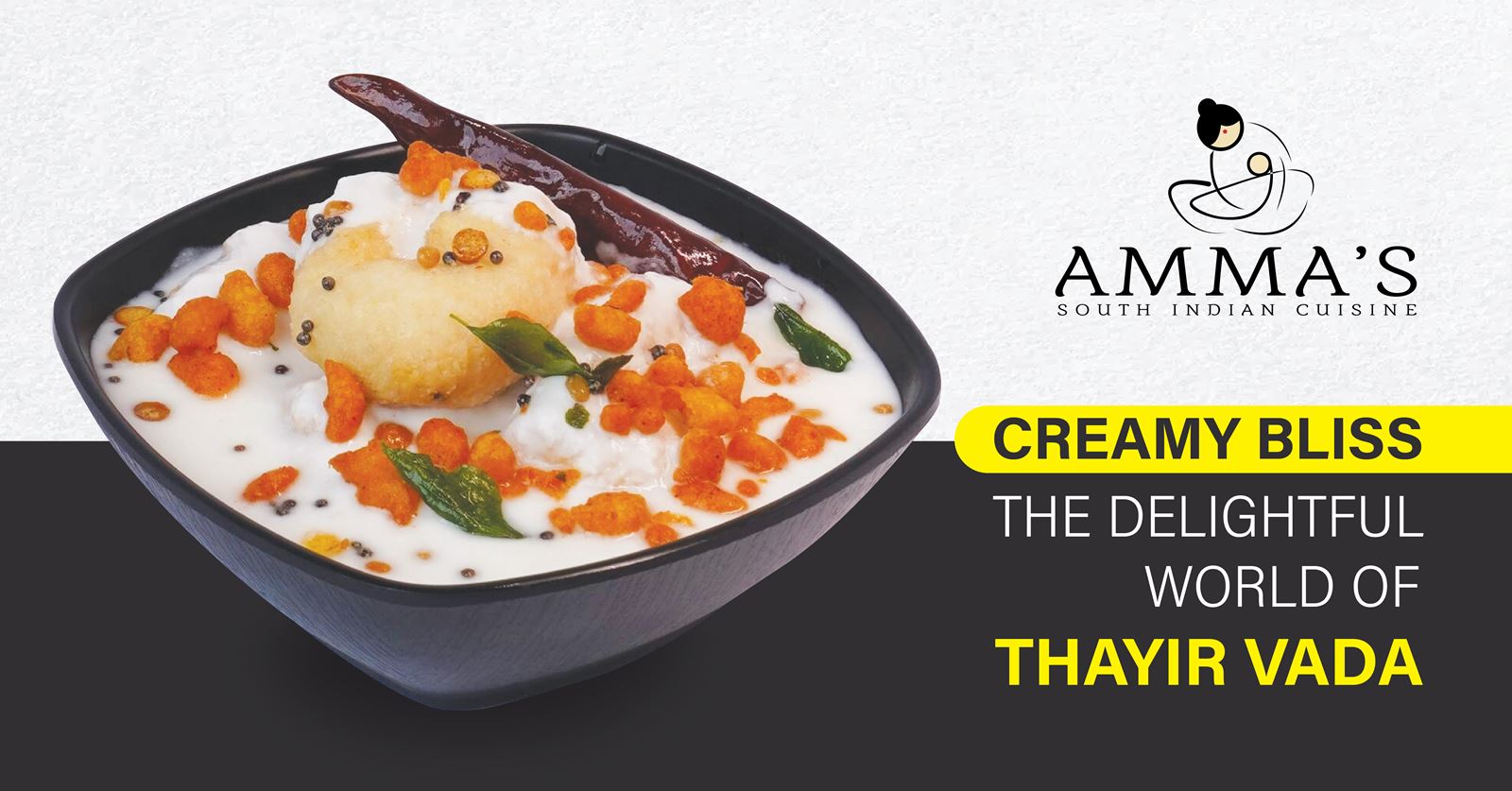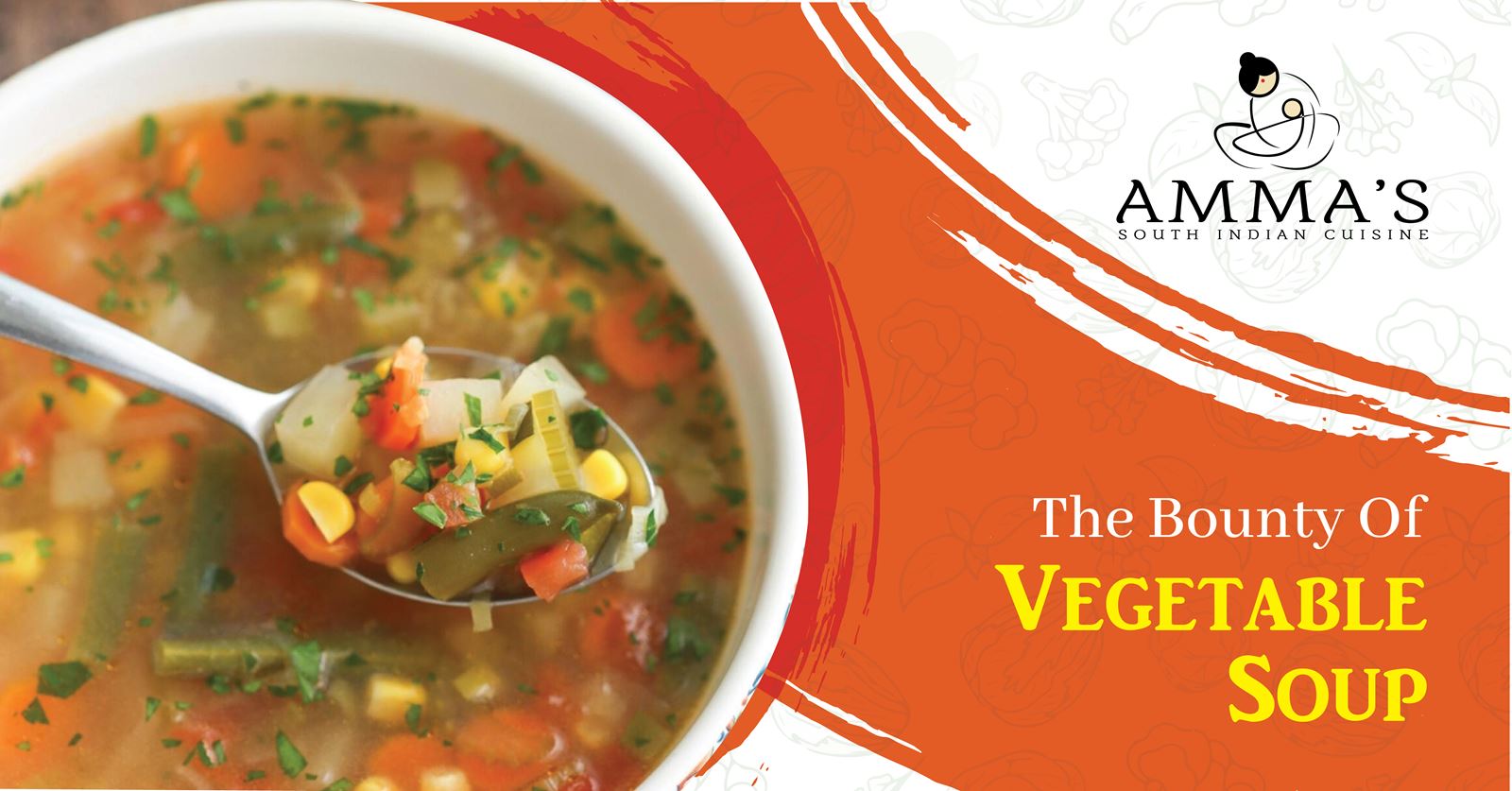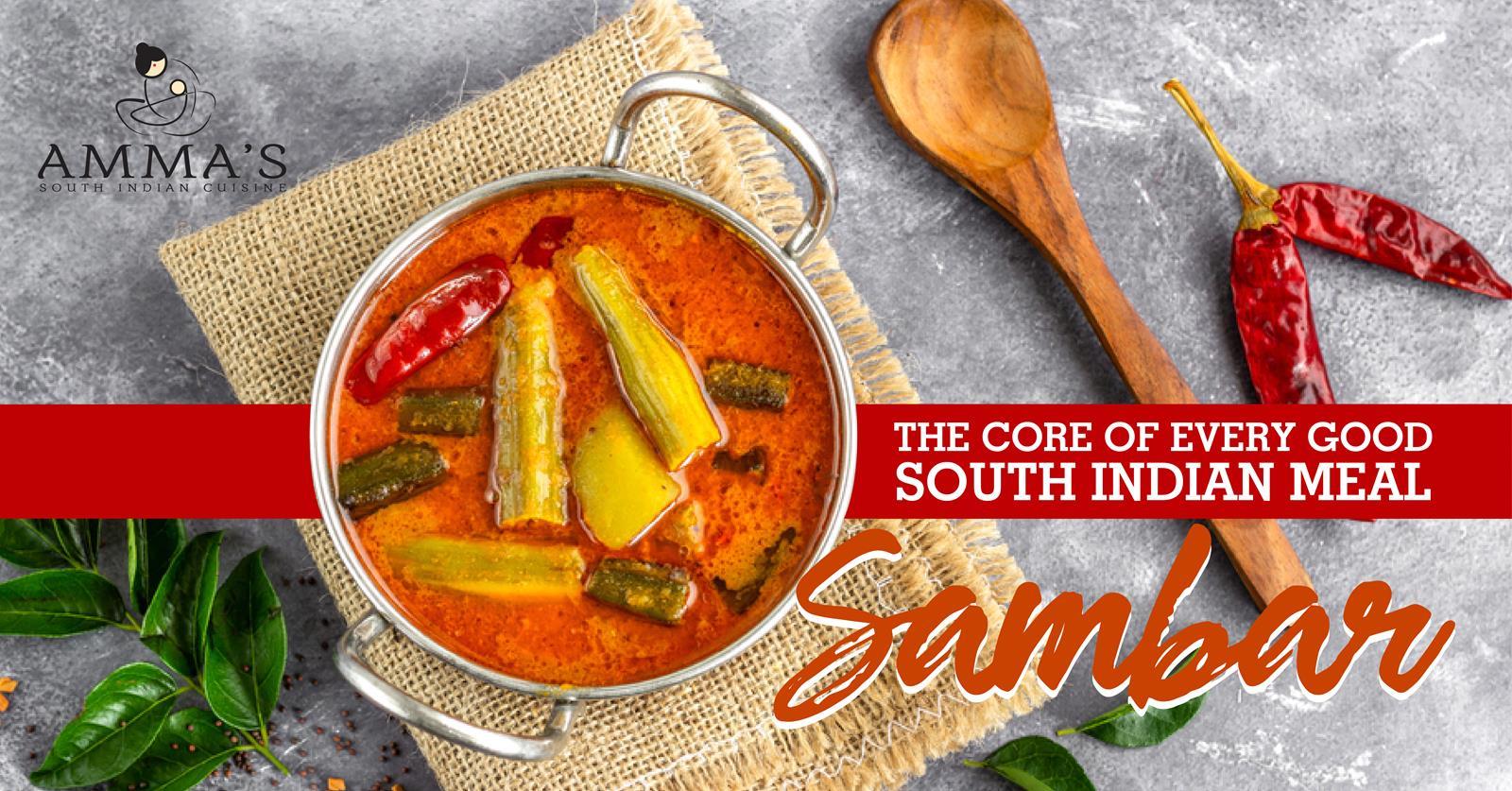
The Core of Every Good South Indian Meal -Sambar
The modest and common idli sambar has to be considered the one dish that has truly changed how south Indian cuisine is viewed and consumed in India. Idli sambar is a dish that varies among areas, communities, and homes because it draws on family traditions. The traditional dish of idli and sambar has gained significant acceptance throughout the nation since it is adaptable and wholesome. Sambar is a well-known curry meal made with vegetables, lentils, and a tamarind-based broth. Although it is from Tamil Nadu, South India and Sri Lanka also enjoy great popularity with this dish. .Additionally, it has spread to Burma, where it is combined with dried salted fish, a variety of vegetables, and a chickpea soup base. Traditional accompaniments to the dish include steaming rice or a variety of Indian flatbreads.
Sambar is made using vegetables, tamarind, lentils (dal or pulse), and a unique flavor known as sambar masala. Other spices may be added in addition to sambar masala. A single dal or a combination of two or more dals can be used to make it. Sambar can be made with either masoor dal (red/orange lentils) or moong dal (yellow moong lentils). Masoor dal and tuvar dal can be combined. These two dals will taste extremely different when combined. Sambar can be made in a variety of ways by combining various veggies in different ways. This is the beauty of this dish. Due to the modifications to its ingredients, sambar will taste different in different places. This dish will thus keep one from getting bored.
Traditionally, steamed rice or a variety of Indian flatbreads is eaten with sambar. Idli, dosa, steaming rice, vada, and uttapam are served with sambar. It is tasty with roti as well. Simply give it a slightly thicker consistency for roti. The sambar produced in Tamil Nadu and Karnataka are significantly dissimilar. While wet pastes are utilized in Karnataka, Tamil Nadu uses dry powders (podi). Even the way traditional meals are served varies: in Karnataka, rasam is served first, followed by sambar, whereas in Tamil Nadu, it is the opposite.
Koddel, a Tulu word for sambar, is sweeter and milder, but pappu charu, an Andhra dish, is a straightforward, thick sambar made with drumsticks and onions. The kaddu ka dalcha from Telangana has chana dal, tamarind, and meat. Kerala’s Palakkad-style varutharacha sambar has a distinctive flavor because of a key regional component: coconut. In this variation, fenugreek seeds, red chilies, coriander seeds, asafetida, and chana dal are all roasted and mashed to a paste. Another characteristic that sets the Kerala sambar apart is the use of practically every vegetable, from beans and raw banana to bitter gourd and yam.
Sambar is thus a versatile and healthful staple of South Indian cuisine. Make sure to sample sambar at Amma’s South Indian Restaurant.

